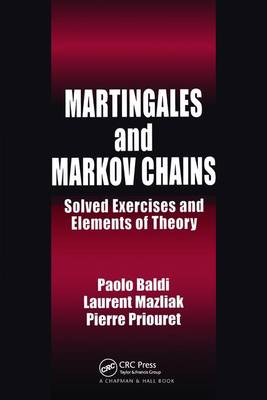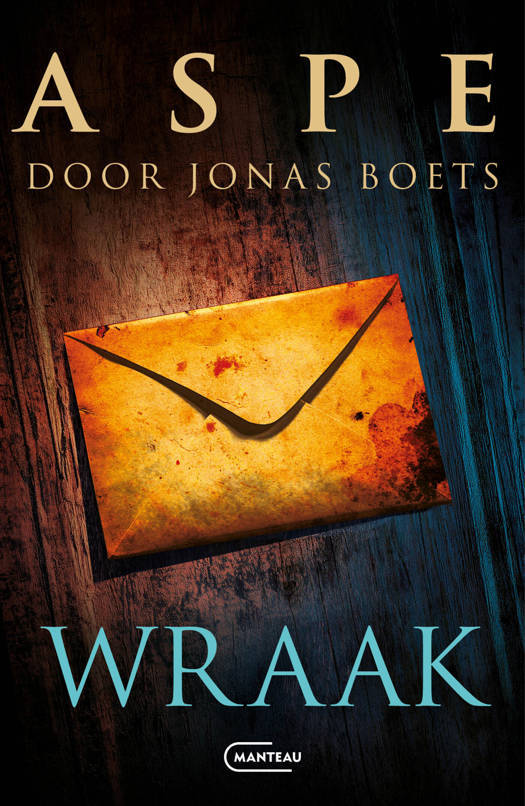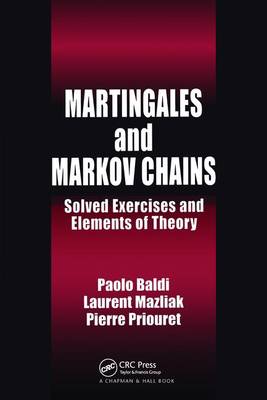
- Afhalen na 1 uur in een winkel met voorraad
- Gratis thuislevering in België vanaf € 30
- Ruim aanbod met 7 miljoen producten
- Afhalen na 1 uur in een winkel met voorraad
- Gratis thuislevering in België vanaf € 30
- Ruim aanbod met 7 miljoen producten
Zoeken
Martingales and Markov Chains
Solved Exercises and Elements of Theory
Paolo Baldi
Paperback | Engels
€ 175,95
+ 351 punten
Omschrijving
A thorough grounding in Markov chains and martingales is essential in dealing with many problems in applied probability, and is a gateway to the more complex situations encountered in the study of stochastic processes. Exercises are a fundamental and valuable training tool that deepen students' understanding of theoretical principles and prepare them to tackle real problems. In addition to a quick but thorough exposition of the theory, Martingales and Markov Chains: Solved Exercises and Elements of Theory presents, more than 100 exercises related to martingales and Markov chains with a countable state space, each with a full and detailed solution. The authors begin with a review of the basic notions of conditional expectations and stochastic processes, then set the stage for each set of exercises by recalling the relevant elements of the theory. The exercises range in difficulty from the elementary, requiring use of the basic theory, to the more advanced, which challenge the reader's initiative. Each section also contains a set of problems that open the door to specific applications. Designed for senior undergraduate- and graduate level students, this text goes well beyond merely offering hints for solving the exercises, but it is much more than just a solutions manual. Within its solutions, it provides frequent references to the relevant theory, proposes alternative ways of approaching the problem, and discusses and compares the arguments involved.
Specificaties
Betrokkenen
- Auteur(s):
- Uitgeverij:
Inhoud
- Aantal bladzijden:
- 200
- Taal:
- Engels
Eigenschappen
- Productcode (EAN):
- 9781584883296
- Verschijningsdatum:
- 26/04/2002
- Uitvoering:
- Paperback
- Formaat:
- Trade paperback (VS)
- Afmetingen:
- 152 mm x 249 mm
- Gewicht:
- 294 g

Alleen bij Standaard Boekhandel
+ 351 punten op je klantenkaart van Standaard Boekhandel
Beoordelingen
We publiceren alleen reviews die voldoen aan de voorwaarden voor reviews. Bekijk onze voorwaarden voor reviews.











